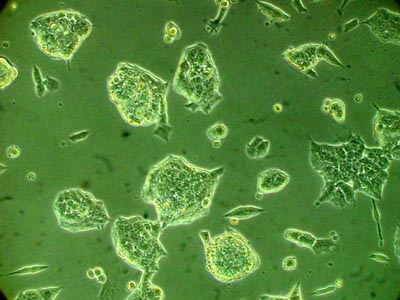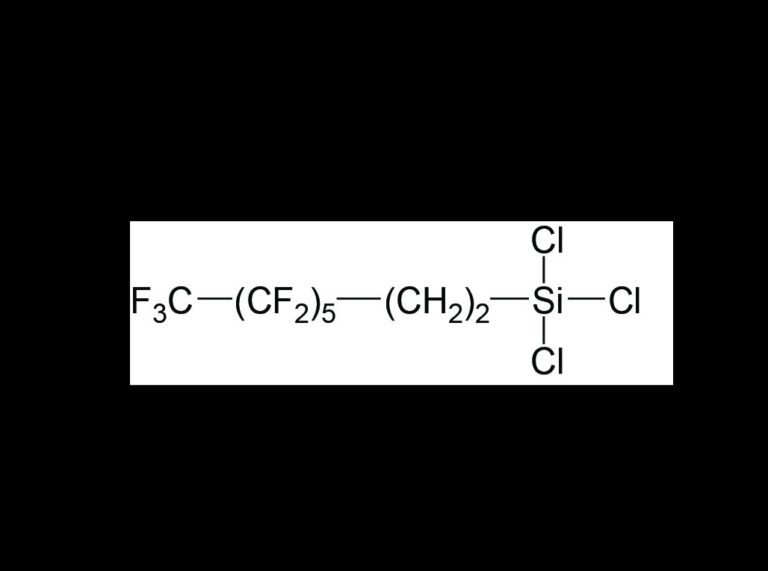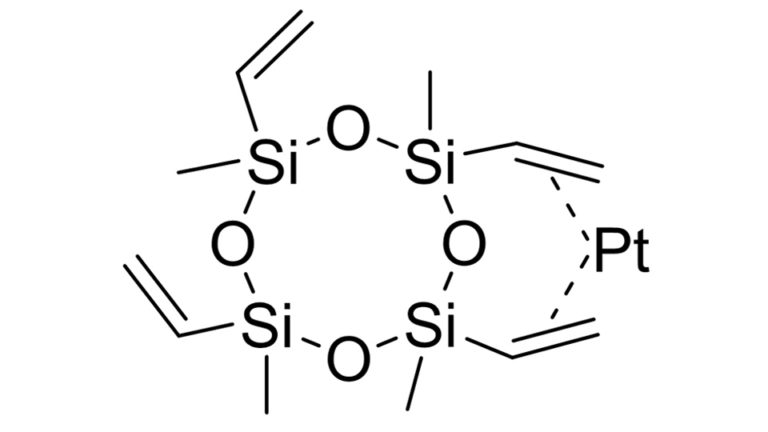High-Resolution Optical Tweezers Combined with Multicolor Single-Molecule Microscopy
Optical tweezers (OT) are a device that can manipulate individual molecules with cells by using light from low-wattage lasers and are used to study and manipulate DNA and RNA. There is a serious limitation to these optical tweezers. They can only measure a single degree of freedom, which is then projected onto a single dimension. Biomolecular systems are far more complex than that and so researchers began investigating hybrid tweezers, the most common of which combine OT with single-molecule fluorescence methods which provide high-resolution, fluorescent OT, which can measure at least two degrees of freedom. While that doesn’t sound like a lot, scientists can use that information to understand numerous aspects of DNA/RNA. Some researchers at Michigan State University are continuing to study new models of these fluorescent tweezers by incorporating a three-color fluorescence excitation and detection model. To do this, they immobilized the biomolecular system of interest and the fluorophore between two beads by using UCT’s N-(2-Aminoethyl)-3-Aminopropyltrimethoxysilane (A0700). This tri-color system allows researchers to study multiple degrees of freedom all at once, opening the doors to a new and exciting avenue of research.
Citation: Yadav, R., Senanayake, K.B., Comstock, M.J. (2022). High-Resolution Optical Tweezers Combined with Multicolor Single-Molecule Microscopy. In: Gennerich, A. (eds) Optical Tweezers. Methods in Molecular Biology, vol 2478. Humana, New York, NY. https://doi.org/10.1007/978-1-0716-2229-2_8
https://link.springer.com/protocol/10.1007/978-1-0716-2229-2_8#DOI







